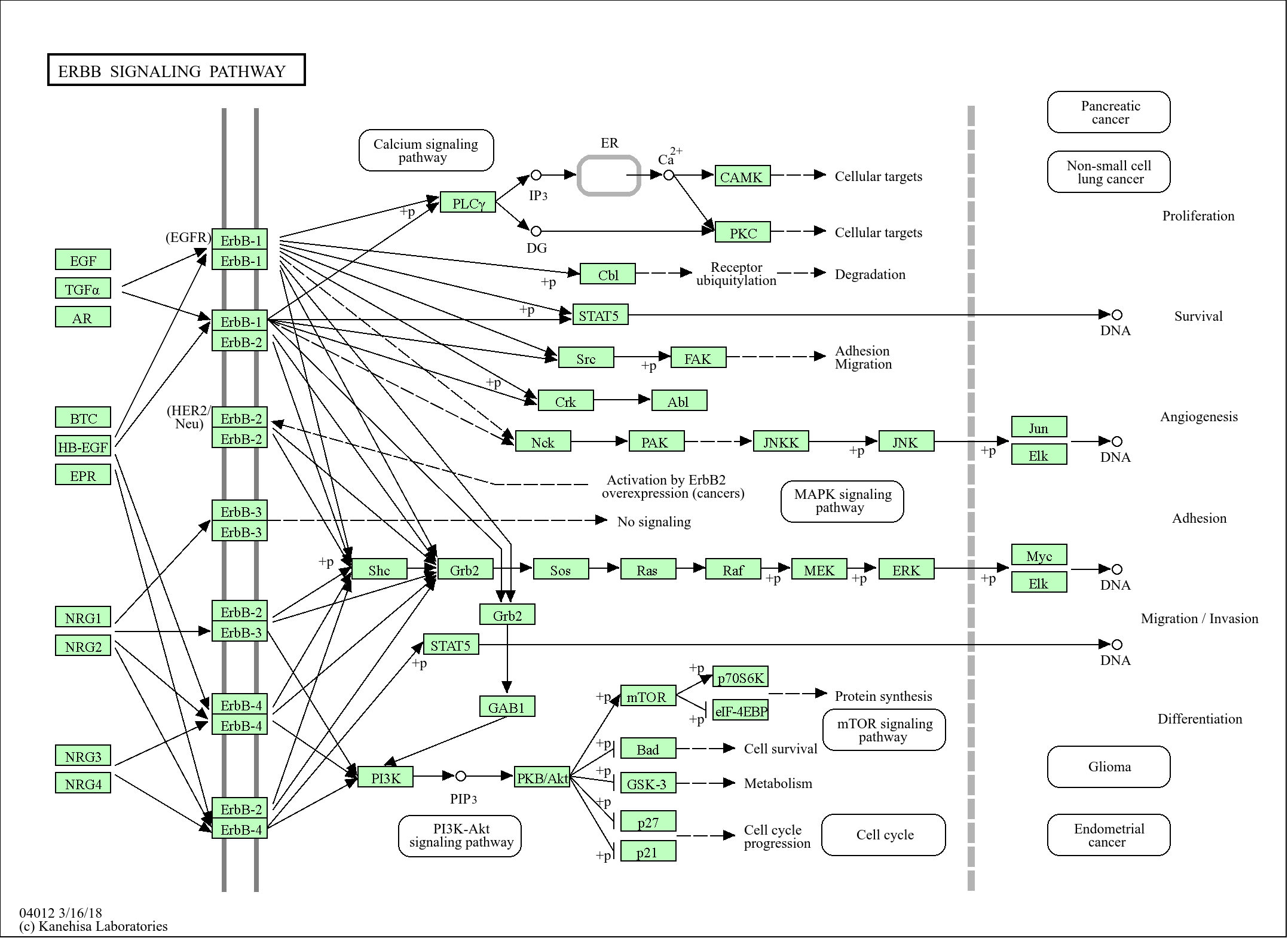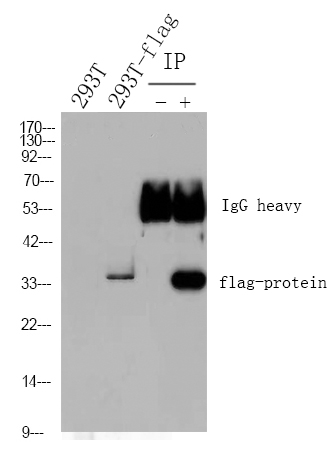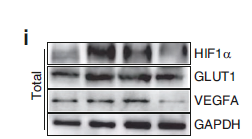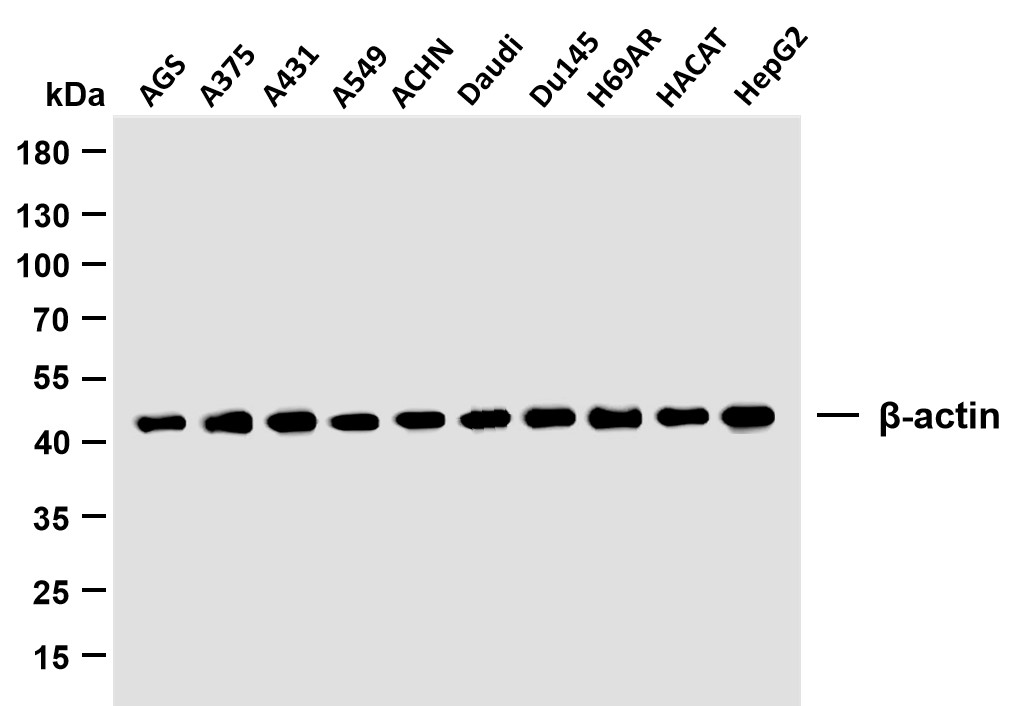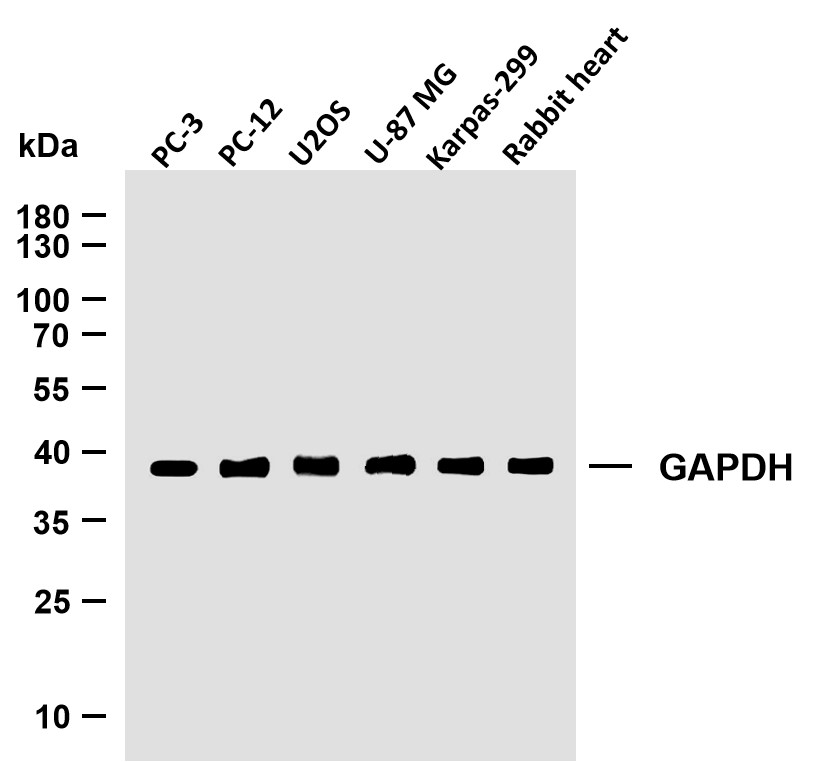
主要信息
Target
SMC3
Host Species
Rabbit
Reactivity
Human, Mouse, Rat
Applications
IHC, IF, WB
MW
145kD (Observed)
Conjugate/Modification
Phospho
货号: YP1228
规格
价格
货期
数量
200μL
¥4,680.00
现货
0
100μL
¥2,800.00
现货
0
50μL
¥1,500.00
现货
0
加入购物车


已收藏


收藏
详细信息
推荐稀释比
IHC 1:50-200; WB 1:500-2000; IF 1:50-200
组成
Liquid in PBS containing 50% glycerol, 0.5% BSA and 0.02% sodium azide.
特异性
This antibody detects endogenous phospho levels of Bamacan (Phospho-Ser1083) at Human:S1083, Mouse:S1083, Rat:S1083.The name of modified sites may be influenced by many factors, such as species (the modified site was not originally found in human samples) and the change of protein sequence (the previous protein sequence is incomplete, and the protein sequence may be prolonged with the development of protein sequencing technology). When naming, we will use the "numbers" in historical reference to keep the sites consistent with the reports. The antibody binds to the following modification sequence (lowercase letters are modification sites):SGsQS
纯化工艺
The antibody was affinity-purified from rabbit serum by affinity-chromatography using specific immunogen.
储存
-15°C to -25°C/1 year(Do not lower than -25°C)
浓度
1 mg/ml
实测条带
145kD
修饰
Phospho
克隆性
Polyclonal
同种型
IgG
RRID号
AB_2307335
相关产品
抗原&靶点信息
免疫原:
Synthesized peptide derived from human Bamacan (Phospho-Ser1083)
展开内容
特异性:
This antibody detects endogenous phospho levels of Bamacan (Phospho-Ser1083) at Human:S1083, Mouse:S1083, Rat:S1083.The name of modified sites may be influenced by many factors, such as species (the modified site was not originally found in human samples) and the change of protein sequence (the previous protein sequence is incomplete, and the protein sequence may be prolonged with the development of protein sequencing technology). When naming, we will use the "numbers" in historical reference to keep the sites consistent with the reports. The antibody binds to the following modification sequence (lowercase letters are modification sites):SGsQS
展开内容
基因名称:
SMC3 BAM BMH CSPG6 SMC3L1
展开内容
蛋白名称:
Bamacan (Phospho-Ser1083)
展开内容
别名:
Structural maintenance of chromosomes protein 3 ;
SMC protein 3 ;
SMC-3 ;
Basement membrane-associated chondroitin proteoglycan ;
Bamacan ;
Chondroitin sulfate proteoglycan 6 ;
Chromosome-associated polypeptide ;
hCAP ;
SMC protein 3 ;
SMC-3 ;
Basement membrane-associated chondroitin proteoglycan ;
Bamacan ;
Chondroitin sulfate proteoglycan 6 ;
Chromosome-associated polypeptide ;
hCAP ;
展开内容
背景:
This gene belongs to the SMC3 subfamily of SMC proteins. The encoded protein occurs in certain cell types as either an intracellular, nuclear protein or a secreted protein. The nuclear form, known as structural maintenance of chromosomes 3, is a component of the multimeric cohesin complex that holds together sister chromatids during mitosis, enabling proper chromosome segregation. Post-translational modification of the encoded protein by the addition of chondroitin sulfate chains gives rise to the secreted proteoglycan bamacan, an abundant basement membrane protein. [provided by RefSeq, Jul 2008],
展开内容
功能:
Caution:Was originally isolated as a proteoglycan protein (explaining its name). Although not excluded, such secreted function is not clear.,Disease:Defects in SMC3 are the cause of Cornelia de Lange syndrome type 3 (CDLS3) [MIM:610759]. CDLS is a dominantly inherited multisystem developmental disorder characterized by growth and cognitive retardation, abnormalities of the upper limbs, gastroesophageal dysfunction, cardiac, ophthalmologic and genitourinary anomalies, hirsutism, and characteristic facial features. CDSL3 is a mild form with absence of major structural anomalies typically associated with CDLS. The phenotype in some instances approaches that of apparently non-syndromic mental retardation.,Domain:The flexible hinge domain, which separates the large intramolecular coiled coil regions, allows the heterotypic interaction with the corresponding domain of SMC1A or SMC1B, forming a V-shaped heterodimer. The two heads of the heterodimer are then connected by different ends of the cleavable RAD21 protein, forming a ring structure.,Function:Involved in chromosome cohesion during cell cycle and in DNA repair. Central component of cohesin complex. The cohesin complex is required for the cohesion of sister chromatids after DNA replication. The cohesin complex apparently forms a large proteinaceous ring within which sister chromatids can be trapped. At anaphase, the complex is cleaved and dissociates from chromatin, allowing sister chromatids to segregate. The cohesin complex may also play a role in spindle pole assembly during mitosis and in chromosome movement.,PTM:Phosphorylated upon DNA damage, probably by ATM or ATR.,similarity:Belongs to the SMC family. SMC3 subfamily.,subcellular location:Associates with chromatin. Before prophase it is scattered along chromosome arms. During prophase, most of cohesin complexes dissociate from chromatin probably because of phosphorylation by PLK, except at centromeres, where cohesin complexes remain. At anaphase, the RAD21 subunit of the cohesin complex is cleaved, leading to the dissociation of the complex from chromosomes, allowing chromosome separation.,subunit:Interacts with MXI1, MXD3 and MXD4. Interacts with SYCP2. Found in a complex with SMC1A, CDCA5 and RAD21, PDS5A/APRIN and PDS5B/SCC-112 (By similarity). Forms a heterodimer with SMC1A or SMC1B in cohesin complexes. Cohesin complexes are composed of the SMC1 (SMC1A or SMC1B) and SMC3 heterodimer attached via their hinge domain, RAD21 which link them, and one STAG protein (STAG1, STAG2 or STAG3), which interacts with RAD21. Also found in meiosis-specific cohesin complexes. Interacts with NUMA1, and forms a ternary complex with KIF3B and KIFAP3, suggesting a function in tethering the chromosomes to the spindle pole and in chromosome movement.,
展开内容
细胞定位:
Nucleus . Chromosome . Chromosome, centromere . Associates with chromatin. Before prophase it is scattered along chromosome arms. During prophase, most of cohesin complexes dissociate from chromatin probably because of phosphorylation by PLK, except at centromeres, where cohesin complexes remain. At anaphase, the RAD21 subunit of the cohesin complex is cleaved, leading to the dissociation of the complex from chromosomes, allowing chromosome separation. The phosphorylated form at Ser-1083 is preferentially associated with unsynapsed chromosomal regions (By similarity). .
展开内容
研究领域:
>>Cell cycle ;
>>Oocyte meiosis
>>Oocyte meiosis
展开内容
文献引用({{totalcount}})
货号: YP1228
规格
价格
货期
数量
200μL
¥4,680.00
现货
0
100μL
¥2,800.00
现货
0
50μL
¥1,500.00
现货
0
加入购物车


已收藏


收藏
Recently Viewed Products
Clear allToggle night Mode
{{pinfoXq.title || ''}}
Catalog: {{pinfoXq.catalog || ''}}
Filter:
All
{{item.name}}
{{pinfo.title}}
-{{pinfo.catalog}}
主要信息
Target
{{pinfo.target}}
Reactivity
{{pinfo.react}}
Applications
{{pinfo.applicat}}
Conjugate/Modification
{{pinfo.coupling}}/{{pinfo.modific}}
MW (kDa)
{{pinfo.mwcalc}}
Host Species
{{pinfo.hostspec}}
Isotype
{{pinfo.isotype}}
产品 {{index}}/{{pcount}}
上一个产品
下一个产品
{{pvTitle}}
滚轮缩放图片
{{pvDescr}}

